The rise of chess in India - from 1988 to 2019!
On 5th May 2019, India found its 62nd Grandmaster in Swayams Mishra when the 26-year-old from Odisha achieved his final GM norm. From having only one Grandmaster in 1988 and just three during the 90s to a whooping sixty-two in the present year, the nation has indeed come a long way as far as chess is concerned. Going by these numbers, the progress does seem almost overnight. India produced a record eight GMs in 2018 and this year, barely five months in, there are already four. An even brighter future beckons as a band of exceptionally talented teenagers are proving their mettle on chessboard all over the world day in, day out. Today in this article we wind back the clock and delve deep into the country's flourishing chess scene to understand what has made Caïssa shower such incredible graces on the Indian chess community in recent times.
"Nothing comes out of nowhere - Glimpses of the pre-Vishy era"
While Vishy Anand is undoubtedly the man who put Indian chess on the world map, the first seeds of the booming chess culture we are experiencing today were planted years before Anand was even born. From the sixties to the late eighties the man who dominated the Indian chess circles was Manuel Aaron. Aaron won the national chess title a record nine times and went on to represent India in several olympiads and international tournaments. It was 1961 when he became the first international master of India by winning the West Asian Zonal against Mongolia's Sukien Momo 3–1. He also won the Asian-Australian Zonal final against Cecil Purdy of Australia 3–0 in the same year. These achievements brought him the prestigious Arjuna award in 1962, thus making him the first chess player ever to be honoured so. But despite such outstanding successes, life as a chess player was by no means easy in those days. Money in the game was scarce, so much so that Aaron once had to take eighteen of his cups to Moore market (Chennai) for selling, and when government had announced about his Arjuna award, he actually had to calculate the financial benefits of travelling to receive the prize. Now 83 years old, the legend has witnessed all the ground-breaking changes that Indian chess has undergone over the years, nay, he has also himself been an agent of change. From exposing the country to the ways of international chess to leading the All India Chess Federation (AICF) as the secretary, the man has done it all!
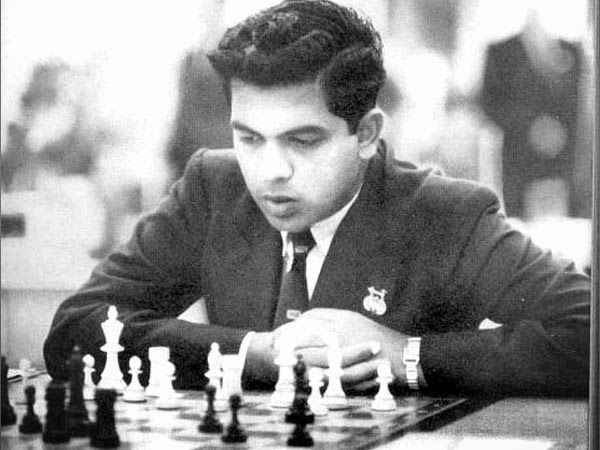
Manuel Aaron's win against former world Max Euwe is particularly note-worthy. Here's the game with brief comments:
"Viswanathan Anand - ushering of a new era"
Tamil Nadu had become the hotbed of chess in the country with affluent businessmen taking interest in the game and sponsoring tournaments. Along with Manuel Aaron furthering chess as chairman of the Tamil Nadu State Chess Association, it was Sri. N. Mahalingam (1923 – 2014) from Pollachi - a notable educationalist and philanthropist - who served as the president and announced hefty cash incentives to achievers of IM and GM title, an initiative he funded from his own pocket! But it was not untill 1978, 17 years after Aaron had achieved the feat, that India got its second IM in Vaidyanathan Ravikumar. The Commerce graduate of Madras University was bestowed with the second highest title in chess after he won the Asian Junior Championship in Tehran. He twice participated at the World Junior Championship in Austria (1978) and Norway (1979) and also represented India at the Olympiads in Malta (1980) and Thessaloniki (1984).
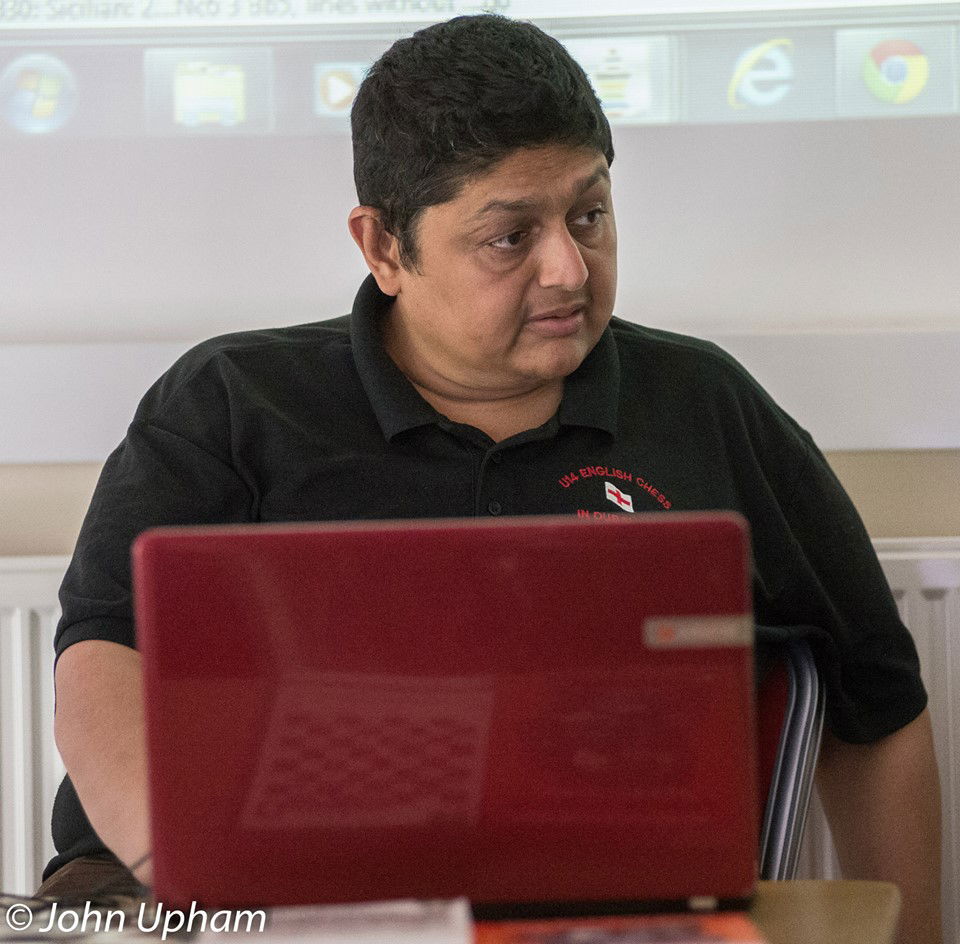
By this time a fourteen years old Vishy Anand has already sent ripples by winning the National Sub-Junior Chess Championship with a stupendous score of 9.0/9. But he was being closely rivalled by another talented young lad from Bengal, Dibyendu Barua, who created a stir in the chess community by participating in National chess championship at the age of just 12 and four years later by defeating the then world number-2 Viktor Korchnoi. But while Anand's meteoric rise continued, Barua slowed down after becoming an IM at the tender age of 16. The former kept soaring high with a number of stellar performances which culminated in winning the 1987 World Junior Chess Championship. Barua's inability to perform at a consistent rate was attributed to lack of latest resources - Books, computers, and professional coaches - something that youngsters today fortunately do not face as much.
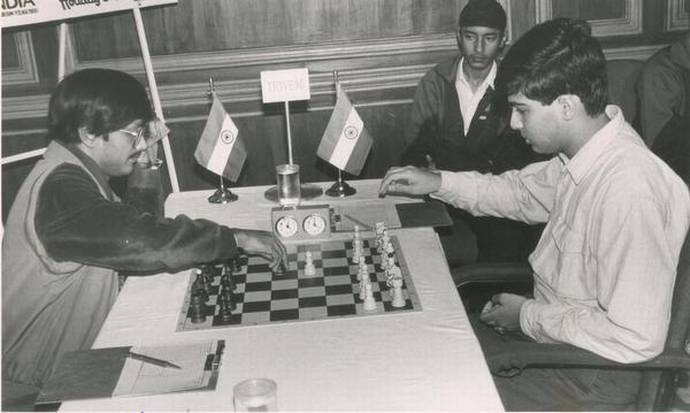
It was 3rd September 1987, Vishy Anand scored his final GM norm at the Sakthi Finance tournament organized by the now renowned Coimbatore District Chess Association and became the first grandmaster of India. It was a phenomenal achievement for an 18 years old Anand and a turning point for Indian chess. As IM Sagar Shah writes, "the barren land of Indian chess saw everything change. One beautiful flower stood across acres of land providing hope, courage and direction that this could be done!".

Dibyendu Barua had to wait for nine long years to become the 2nd Grandmaster in 1991 and Praveen Mahadeo Thipsay, a seven times national champion, followed as the third by clinching the title in 1997. India stood on the threshold of a revolution at this time and Anand fighting out at the very highest levels with the Karpovs and the Kasparovs was transforming the way chess was being treated in the country. The 90s therefore saw the emergence of age-group tournaments, by playing on a regular basis against competitors of the same age group at the district, state and national levels, a chess player gains valuable experience by the time they are in their 20s. The future GMs like Harikrishna, Sasikiran, Ganguly, Humpy, Negi and others were all to become champions in their respective age-groups before succeeding in the senior level. By this time the internet and computer-aided training had also gradually started to come in vogue. Indeed, Anand himself was among the first few top players to experiment and work with softwares and databases.
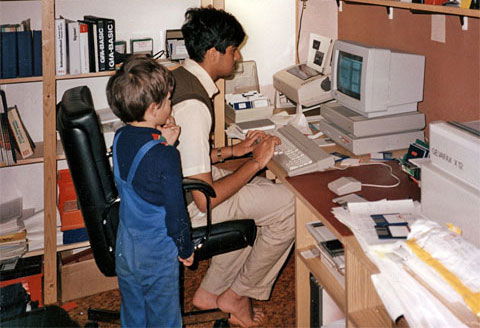
"A brave new world"

Starting from around 2000s until now, it has been heyday for chess activities in India. Grandmasters have been produced at a steady rate every year to the point that it has become difficult to keep count of their number as it keeps growing every month! The first year of the twenty-first century gifted the nation with two of its finest GMs, Abhijit Kunte and Krishnan Sasikiran; soon Harikrishna Pentala, Koneru Humpy, Surya Shekhar Ganguly, Sandipan Chanda and many more followed suit. These GM titles embody the struggles and sacrifices of countless people, past and present. It is because of them that today India has become one of the most revered chess nations in the world. So what has really changed in these years?
Well, firstly it is money - Indian chess now is considerably well-sponsored compared to the 60s or the 80s. An up-and-coming chess player today doesn't face as much financial predicaments as before and chess is also a viable career option that many parents have started considering for their children. Secondly, it is the availability of resources that has made a huge impact. There are thousands of educational chess videos freely available and can get any chess player started. Gone are the days when players had to depend on expensive imported books and magazines, thanks to many initiatives, chess knowledge is easily accessible and affordable for the masses now - check out ChessBase India's Quality Chess India program for instance. The third most important factor is infrastructure. India presently has excellent infrastructure for chess education. The Grandmasters themselves add to it when they turn to coaching. Players like R.B. Ramesh retired from competitive play and decided to use their experience in training the youth of the country. The latest GM Swayams Mishra is himself an accomplished FIDE certified trainer, currently there are many others like him who are providing excellent guidance to the talented youngsters of the country. There are established academies too, which work around the clock to train the students. One cannot forget the role played by the All India Chess Federation, the national body for chess in India. A vibrant tournament circuit has been created where over 300 tournaments are organized in a calendar year. India is also home to 6-8 norm tournaments, which means that our players do not have to travel outside the country for achieving their IM and GM titles.
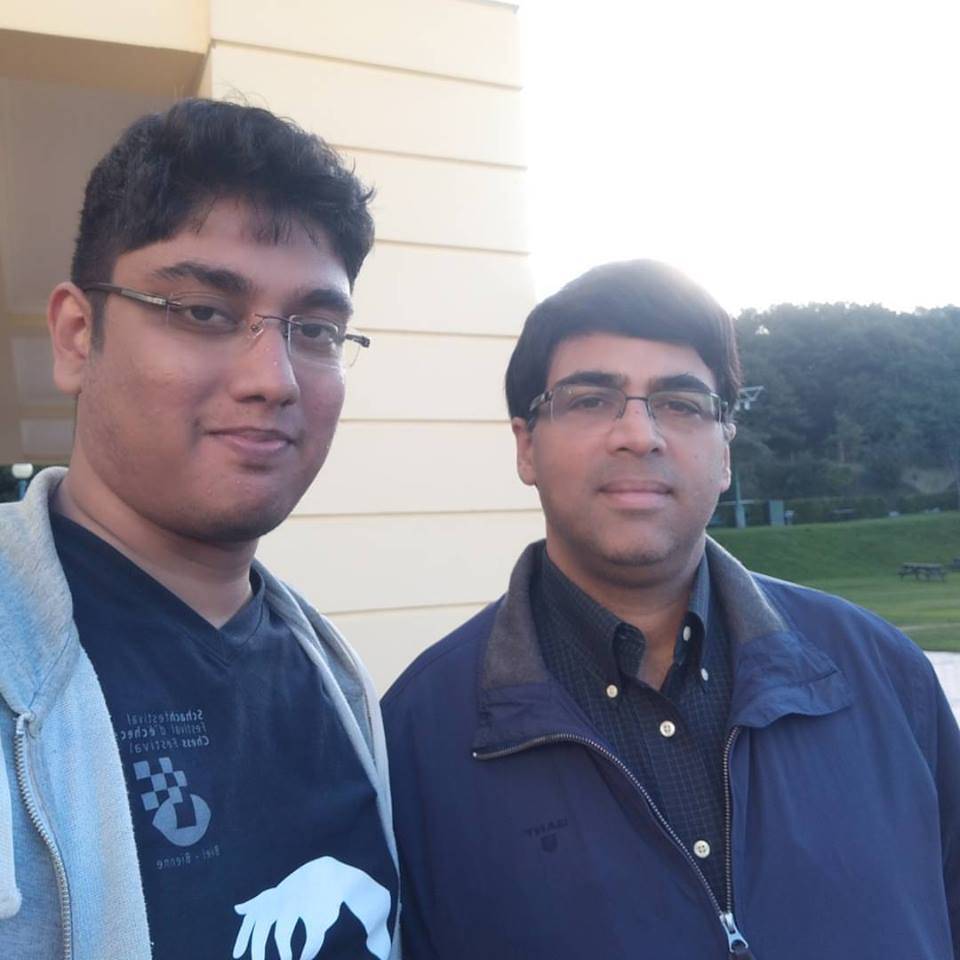
"On the footsteps of the World Champion's prophecy"
The current World champion Magnus Carlsen sees great promise in India's future as a chess country. Frederic Friedel, the founder of ChessBase, one of the largest chess software companies in the world, said, "In a few years from now, three of the top ten players in the world will be Indians!" India has seen a lot of talents coming up recently but no one has been able to come close to what Vishy Anand has achieved in all these years. Will we be able to do that in the next few years? Well, by looking at the dazzling performances from our youngsters like Gukesh D, Nihal Sarin, Praggnanandhaa and others, it certainly seems that we will.
Related:
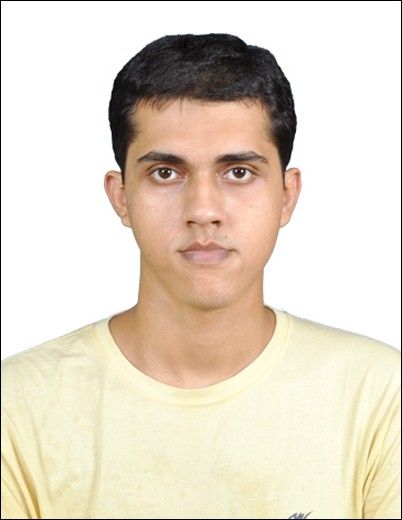
Satanick Mukhuty has a background in Mathematics. He is an avid enthusiast of composition chess and is sincerely committed to promoting it around the world.


